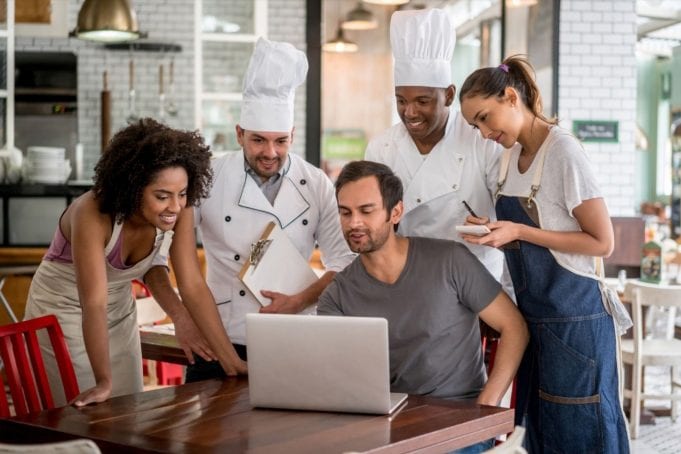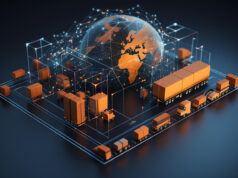There are a lot of excellent tools that make managing a restaurant much smoother, such as accounting software, inventory management, payment gateways, communication platforms, or marketplaces. However, using too many different platforms at the same restaurant creates confusion and inefficiency. The best POS systems on the market provide all the features a restaurant needs to operate smoothly in one platform.
Piecing Together POS
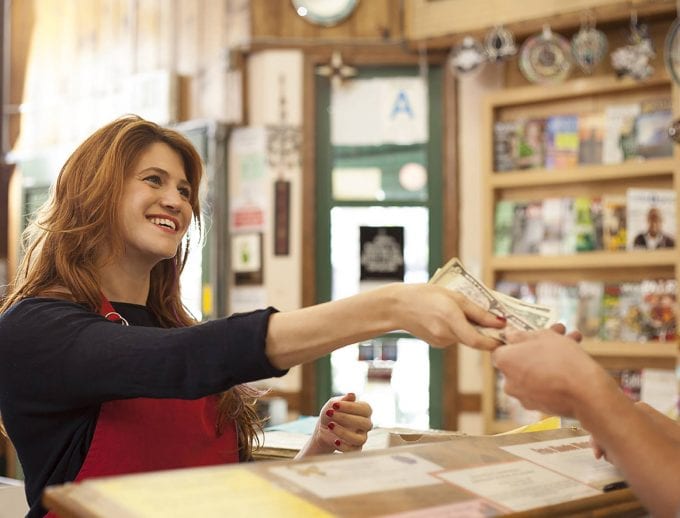
A point of sale (POS) is the moment at which a retail transaction is concluded. It is the point at which the customer pays for the food they ordered. The place could be physical like the cashier in the restaurant, or it can be digital on a mobile app.
However, POS systems have evolved to do more than accept payments. They can combine multiple functions to provide an all in one solution. A high-quality POS system is the only software you need for restaurant operation and management.
Here are some key features you should look for in a POS system:
- Sales Reporting– The POS system should be able to produce detailed sales reports that can give insights on purchases made, sales periods, employee sales, net profit, profit percentages or, gross margins.
- Inventory Management– The POS system should upload product information and record product movement. The system should be able to track inventory levels across multiple locations and be able to automate orders to suppliers.
- Customer Management– A CRM function within a POS will enable the restaurant to track and manage customer data.
- Employee Reporting and Management– The POS system should help you manage employees and track their performance.
- Integration Capabilities– They are also able to integrate with other software to make running a restaurant more straightforward and simpler.
Menu Management
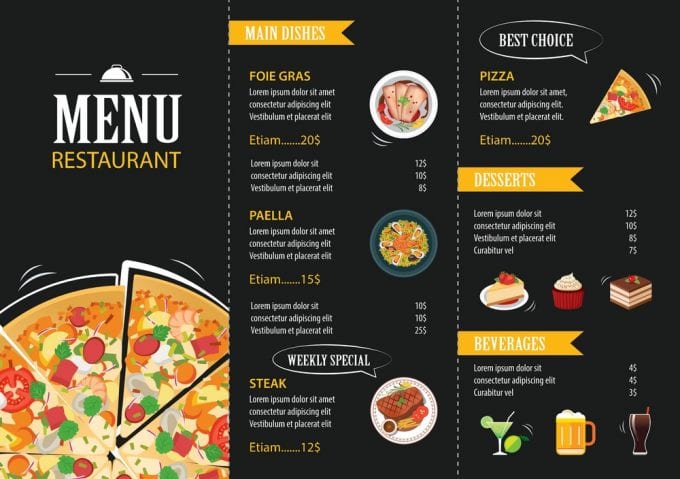
The menu is at the heart of a restaurant’s offering. It’s not enough to create great food, but you also need to create a menu that appeals to your customers. How you manage your menu could also affect your sales and operations efficiency.
A POS system should be able to capture your menu and present it well; for example, restaurants are using tablets to display digital menus. These digital menus are created and managed on the POS system. A digital menu can be displayed on your website, app, and any other digital display. But they should be managed from a single platform, otherwise changing the menu becomes a cumbersome exercise.
Payment Processing
An integral feature of any POS system is its ability to accept payments. The best POS systems have lots of payment options. More payment options make it easier for a customer to pay, something that adds to the overall customer experience.
Integration with websites and apps for online payments is essential. It should also work well with your credit card processor. An integrated POS system is a staple payment method that should run seamlessly. Customers are more likely to be carrying a credit card rather than cash. There is also more money in a bank card, so customers are more likely to spend more, as opposed to being limited to the amount of cash in hand. Get more on this site about integrated POS credit card processing for restaurants.
Online Ordering
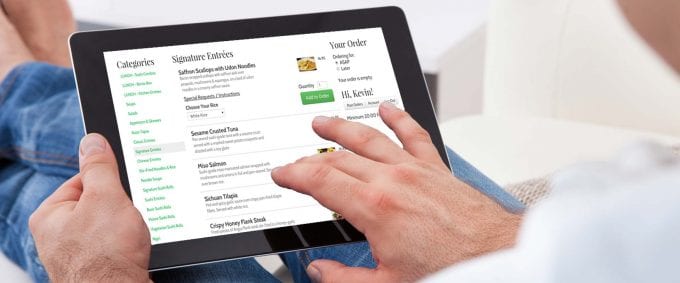
Online ordering is a growing trend that has fed the rise of third-party delivery service providers. This trend comes from changing consumer habits; people prefer to eat their meals in the comfort of their homes nowadays.
To provide an online ordering service, restaurants need to have a website, app or have a listing on a third party delivery service like UberEats or GrubHub. To take advantage of the growing trend, the restaurant’s POS system should be able to take orders and payments over the internet.
Staff Scheduling
Your staff is the face of the restaurant. How employees perform has a direct impact on customer satisfaction and brand value. So it is prudent to have a staff scheduling, monitoring, and evaluation system.
The POS system should have the following staff scheduling capabilities:
- Onboarding staff onto the system
- Schedule staff according to forecasted activity, and if necessary be able to adjust the schedule
- Send notifications to staff about the schedule
- Track staff’s hours worked including over-time
- Produce reports and insights on staff performance
Inventory Management
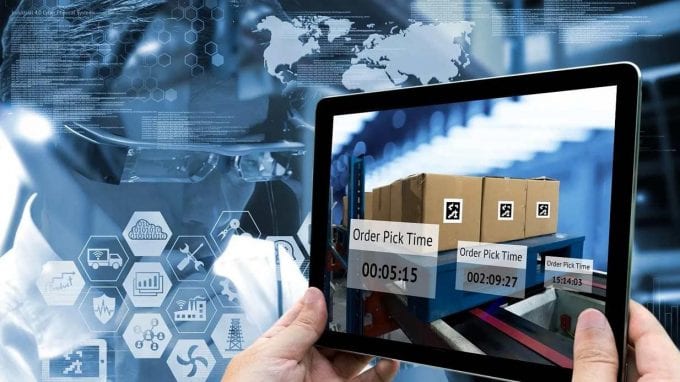
Food is the most critical thing in a restaurant, so manage it well. Managing your food inventory is vital so that you are aware of stock levels, product costs, and profit margins. This is especially true if you have more than one restaurant location. The integrated inventory management system will seamlessly track your inventory across locations without you having to be present at the restaurant.
Inventory management gives you insights on which products are your best sellers. Bestsellers could be in volume sales or profit levels, knowing this will help you manage your cash flow better. It will also let you know which products are not selling as well. If this is the case, you will want to order less of these items or consider trying new menu items.
Kitchen Communication and Displays
Kitchen display systems (KDS) are digital screens that show order tickets received from the POS system. Traditionally order tickets were handwritten, so this exposed the restaurants to human error. Digital kitchen displays connected to the POS system are more accurate than handwritten tickets. They can even provide information on how long orders took. KDS can also receive online orders from the POS system without the need for extra manual effort from your staff to be completed. They can also relay messages to the waiters when food is ready.
Data Analysis
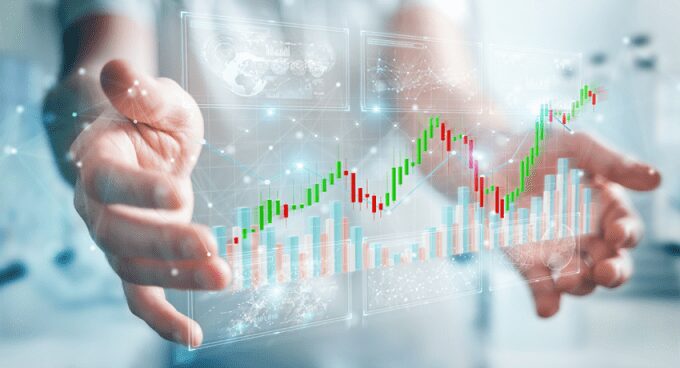
Data is a new business asset. It’s not enough to collect data, but you must also analyze it and act on it. Data analysis gives any business the edge and can help it to increase sales, reduce costs, or become more efficient.
For example, analyzing your customer data can help you determine favorite foods and eating times. With this information, you can plan your supplies appropriately and manage staff schedules to match customer needs.
All For One
Get a versatile POS system, rather than pouring more money into multiple software packages. Having all your information and transaction on a single POS system reduces costs, makes collecting and analyzing data more manageable. Additionally, you are confident that all the critical functions work well together.


